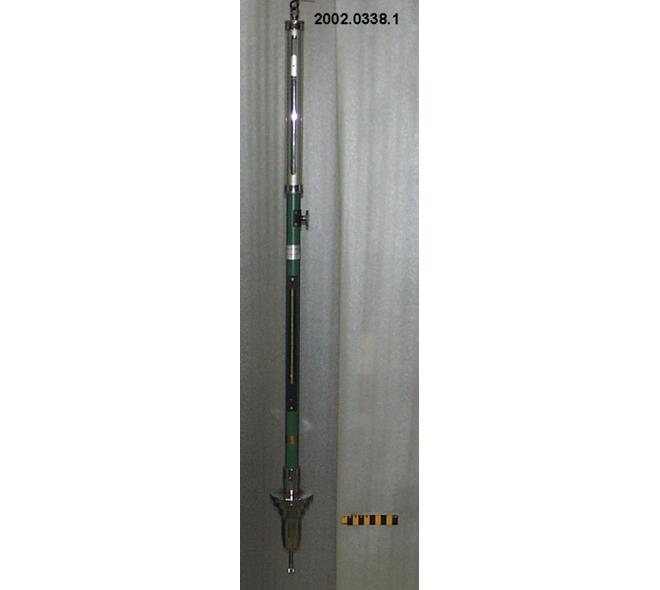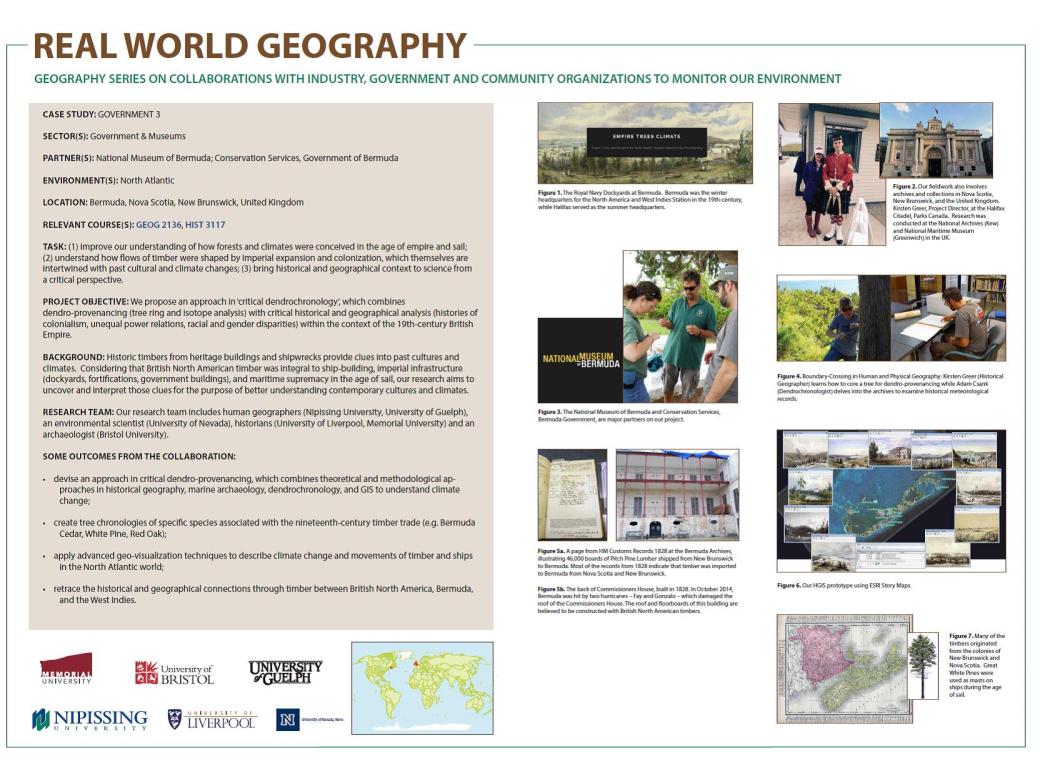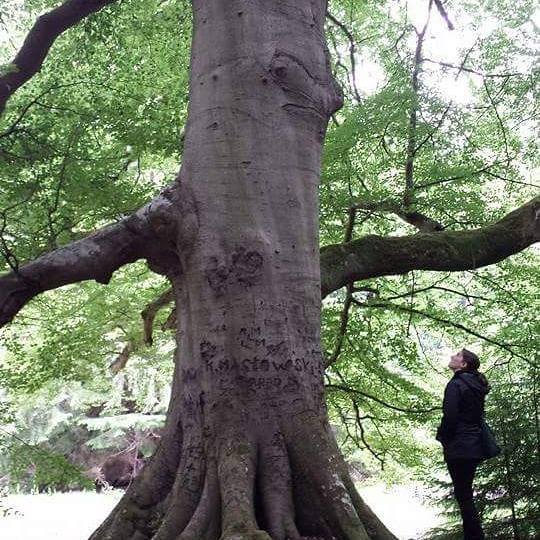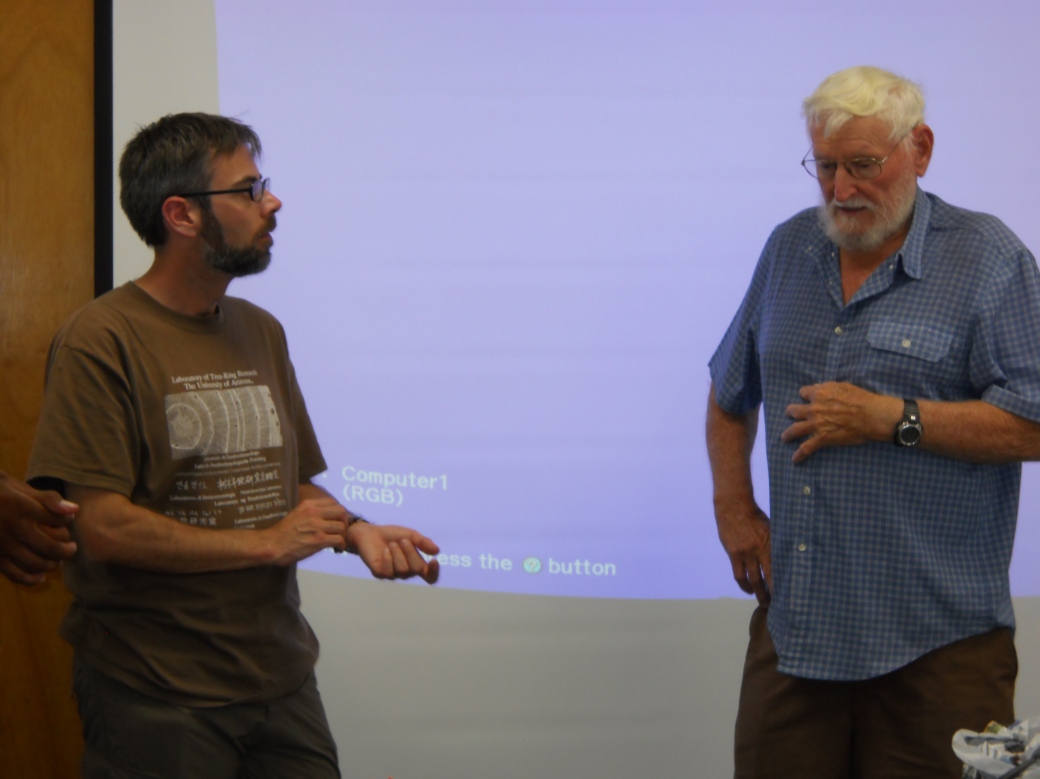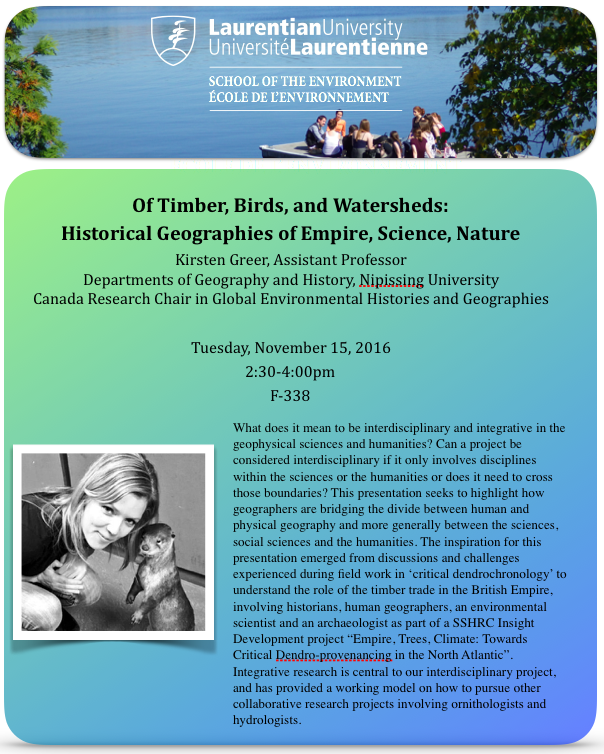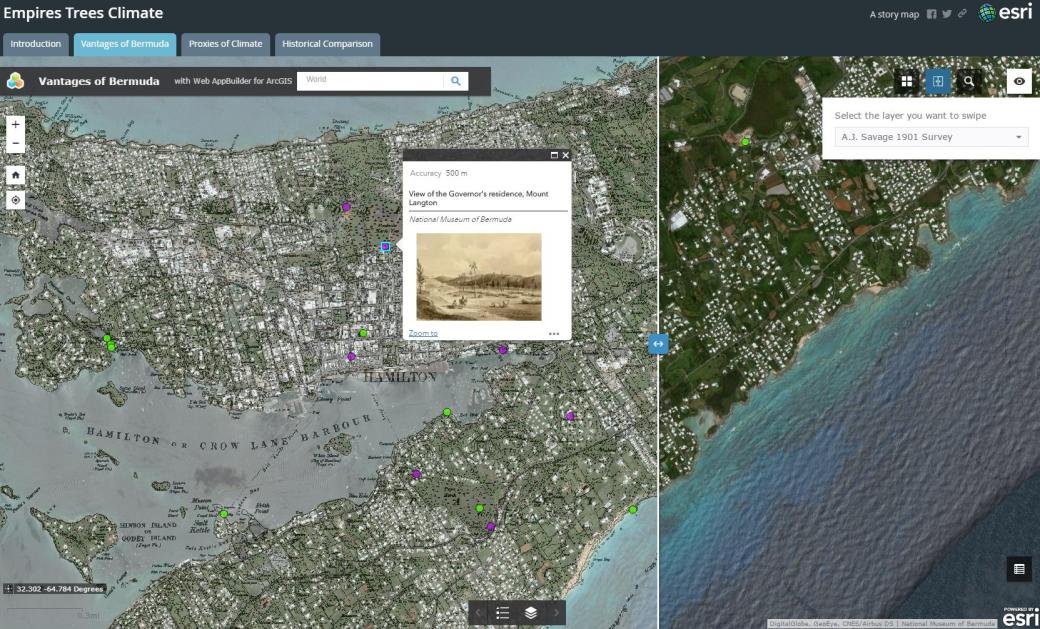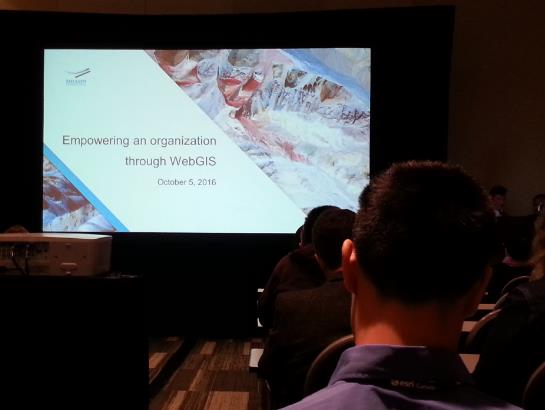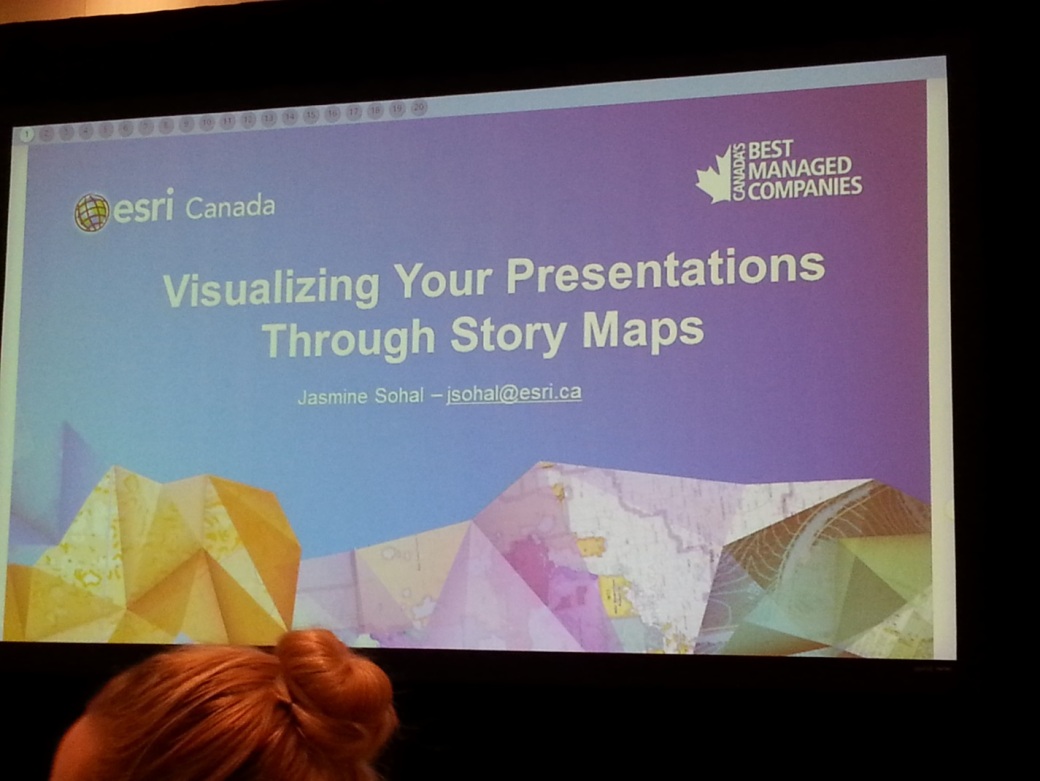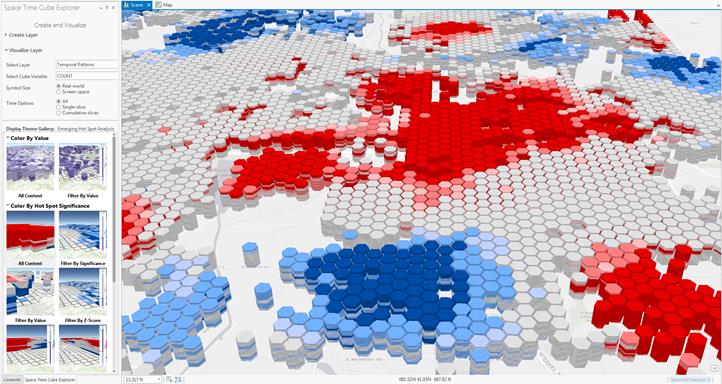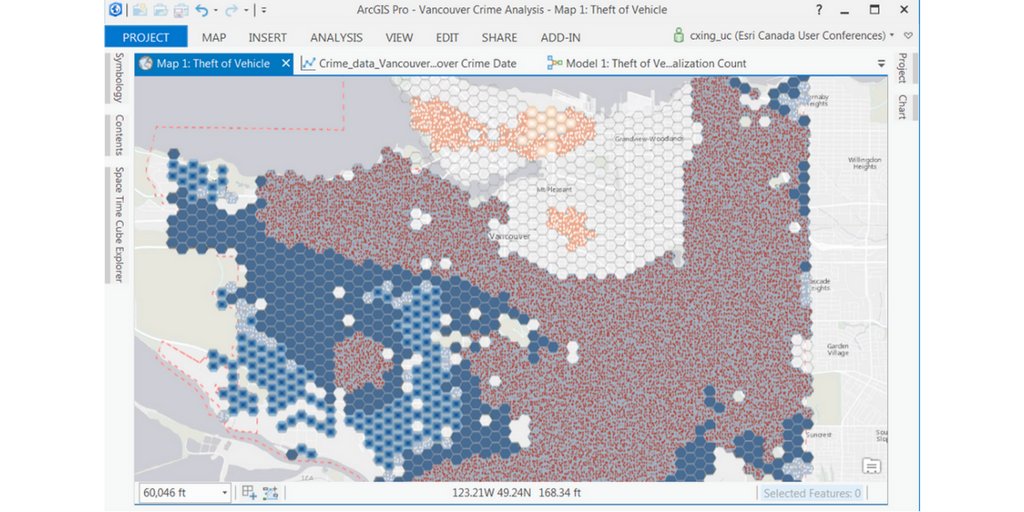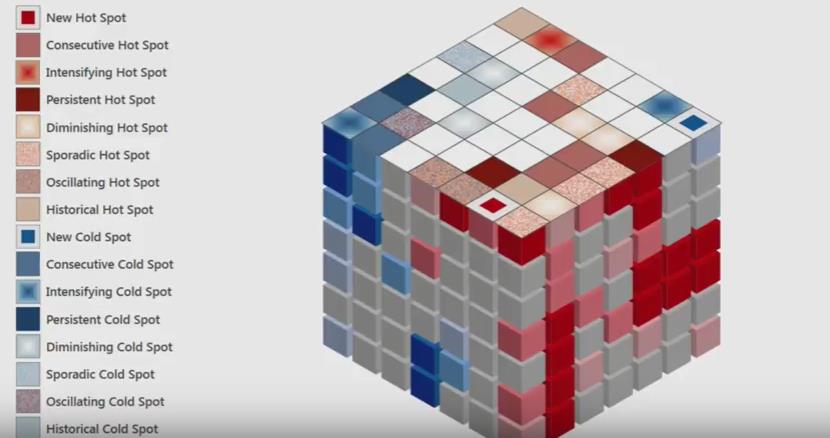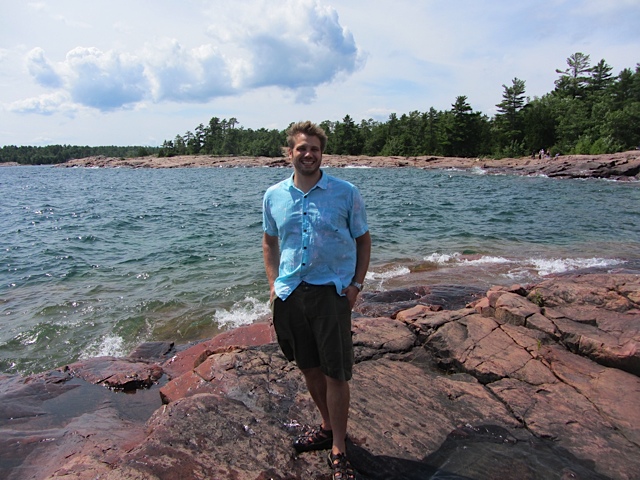Kirsten Greer & Laurel Muldoon
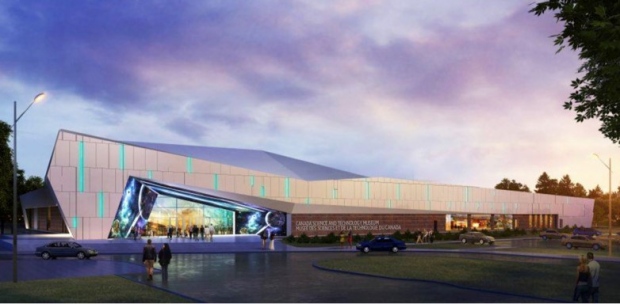
Image 1: The new Canada Science and Technology Museum (Photo courtesy of the Canada Science and Technology Museum)
A major output of our SSHRC Insight Development project is to reconstruct Bermuda’s climate using historical meteorological records from the 1840s to the present. We are currently contextualizing the production of Bermuda’s historical climate data to create a better understanding of cultures and climates past and present. Bermuda’s climate records reflect the different colonial projects that shaped the islands, which involved the British military and navy, trans-Atlantic trade, the US army and navy, and the tourism industry.
As the map illustrates below, Bermuda’s climate data were collected at different meteorological stations across Bermuda, which have their own histories for recording climate. Some of these colonial histories reveal networks of meteorological science that connected Bermuda and Canada in the nineteenth and early twentieth century.

Figure 2: A map of the historical locations of the meteorological stations in Bermuda from W.A. Macky’s report on the Meteorological Station No.4, Bermuda Temperatures (1948)
This past year, we visited the Canada Science and Technology Museum in Ottawa to establish a new partnership, and to do conduct research on some of the individuals and instruments involved in Bermuda’s climate records. We hope to highlight some of these connections in conjunction with the museum’s new opening last week.
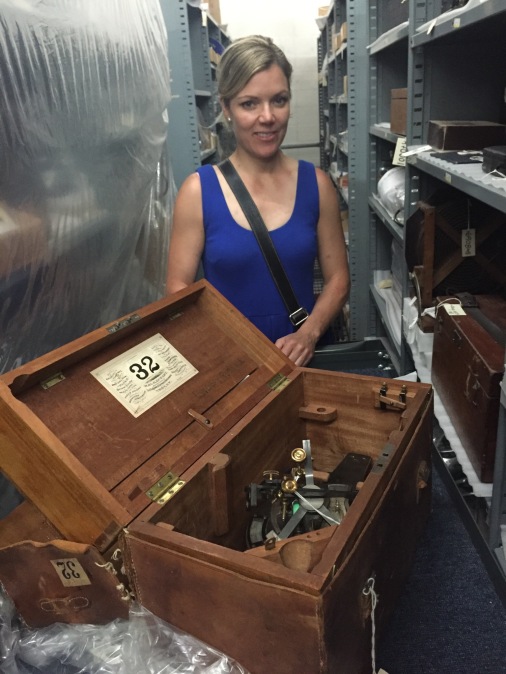
Figure 3: Kirsten Greer at the Canada Museum of Science and Technology during her first visit on 22 June 2017. She is looking at a 1870s solar compass CSTM artifact #1968.0932 (Photo taken by William Knight).
Key figures include Sir William Reid (1791-1858), whose professional experience expanded a large breadth of natural earth systems science, is known for his hurricane research. He was appointed governor to Bermuda and focused his meteorological knowledge to improve irrigation, fertilization, and crop yields. Sir John Henry Lefroy (1817-1890), known as the traveling Canadian meteorologist, who specialized in Earth’s Magnetism was also appointed Governor of Bermuda. During his time there, he wrote the most detailed history of Bermuda’s earliest colonial years, which included information on climate and the islands natural history. James Patterson (1872- 1956), who shaped Canadian meteorology and meteorological equipment in Canada, influenced weather monitoring after World War II for Canadian and Bermuda aviation. As these figures reveal, Bermuda’s meteorological past is closely linked to Canada.
A special thank you to William Knight and David Pantalony of the Canada Science and Technology Museum for showing us the instruments, teaching us how they worked, and allowing us to use the artifact images for this blog post.
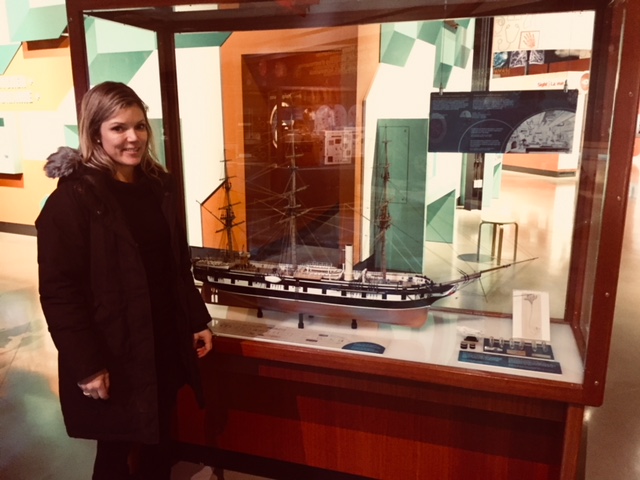
Figure 4: Kirsten Greer in front of a model of HMS Challenger (1872-1876), which was the first government funded global oceanic exploration through cooperation of the British Admiralty and the Royal Society. HMS Challenger travelled between Bermuda and Halifax, Nova Scotia, collecting natural history specimens and ocean sediments. The HMS Challenger model is part of “Artifact Alley” in the new Canada Science and Technology Museum (Photo taken by Will Knight 27 November 2017)
Sir William Reid (1791-1858)
Sir William Reid was born in 1791 in Manse, Kinglassie, Fifeshire in Scotland. His early education was acquired through a private school in Musselburgh and later through the Edinburgh Academy. In 1807 he entered the Royal Military Academy at Woolwich. By the age of 19 he was appointed to First Lieutenant of the Royal Engineers. He was the Governor of Bermuda (1839-46), of the British Windward Islands (1846-48), and of Malta (1851-58). He pioneered hurricane research based on his experiences in the West Indies and Bermuda.
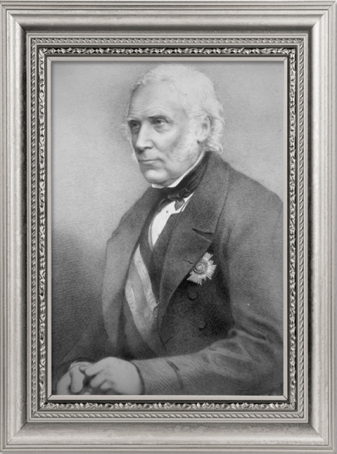
Figure 5: Sir William Reid (Photo from the NOAA Atlantic Oceanographic and Meteorological Laboratory)
Hurricanes:
Through Reid’s stationary travels he became a jack-of-all-trades and had an understanding of a variety of fields including chemistry, geology, botany and meteorology. His first contributions to the Professional Papers of the Corps of Royal Engineers were in 1838. His papers were titled “Further observation on the moving of the shingle of the beach along the coast” and “On Hurricanes”.
On August 10th, 1831 an extreme hurricane struck the island of Barbados. High winds and 17-foot waves surged the island, demolishing buildings, sinking ships and killing close to 1500 people. Lt. Reid who was part of the Royal Engineers was dispatched to Barbados to assist in the clean-up operation. When he returned to England in 1834 he began developing a hurricane research project. He started to collect storm data from log books of British ships and assembled the information. In 1838 he published “An Attempt to Develop the Law of Storms”. Due to his significant scientific contributions Reid was made a Knight Companion of the Order of the Bath in 1838. The following year he was elected a Fellow of the Royal Society.
Links to Bermuda:
Lieutenant-Colonel William Reid was appointed governor of Bermuda in 1838. He assisted with agriculture development, as Bermuda was climatologically capable of producing early vegetable crops. He advocated irrigation, and fertilization to improve crop yields.
References:
Baigent, Elizabeth. “Reid, Sir William,” Oxford Dictionary of National Biography
Blouet, Mary Olwyn. “Sir William Reid., F.R.S, 1791-1858: Governor of Bermuda, Barbados and Malta,” Notes and Records of the Royal Society of London 40, 2 (May, 1986): 169-191
Naylor, Simon. “Log Books and the Law of Storms: Maritime Meteorology and the British Admiralty in the Nineteenth Century,” Isis 106, no. 4 (December 2015): 771-797
NOAA Atlantic Oceanographic and Meteorological Laboratory. Hurricane Research Division. 185th Anniversary of the Great Barbados Hurricane (2016)
Sir John Henry Lefroy (1817-1890)
Sir John Henry Lefroy was born in 1817 in Ashe Hampshire, England. He obtained an early education in a private school. He then entered the Royal Military Academy in Woolwich, 1831. In 1837, he had a posting for three months in Chatham to study practical astronomy at the Royal Engineers Establishment. He is distinguished in the study of Earth’s magnetism. Some of Lefroy’s published works include books on Magnetism, Barometric Pressure, the Aurora Borealis, Lunar Influence and magnetic surveys. Lefroy was appointed Governor of Bermuda from 1871 to 1877 and was know for encouraging more trade and commercial links between Bermuda and Canada. He also has the most detailed history of Bermuda’s earliest colonial years ever written.
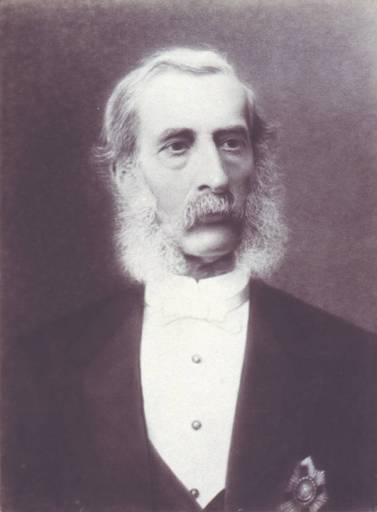
Figure 6: Sir John Henry Lefroy (Photograph by J.W. Beattie published in his book entitled “The Governors of Tasmania: from 1804 to 1896”, Hobart, 1896, Courtesy of Wikimedia Commons)
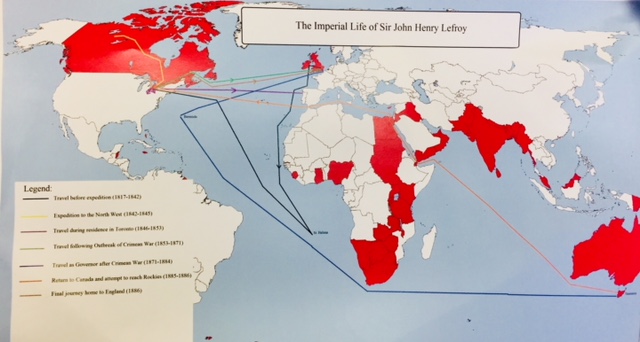
Figure 7: A map of the life-geography of John Henry Lefroy produced by Jake Shulman for Kirsten Greer’s HIST 3276 Empire and Environment course at Nipissing University.
Colonial Observations:
In 1839 the British government created a network of colonial observatories under the supervision of Edward Sabine. Lefroy was one of the first officers chosen for observatories planned for Upper Canada and the Cape of Good Hope. Henry was later chosen to set up and supervise an observatory on Saint Helena.
Terrestrial Magnetism:
In 1842, Lefroy was sent to Toronto as the superintendent of the new Toronto Magnetic and Meteorological Observatory. He started planning a expedition to the northwest to ascertain the geomagnetic characteristics of British North America. He also wanted to attempt to locate the North Pole. Henry left Lachine, Canada East on May 1st 1843 for his expedition. The expedition was 5,000 mile trek 18 months long and observed over 300 stations. He established himself as a geographer and eminent meteorologist.
References:
Goodman, Matthew. “Scientific Instruments on the move in the North American Magnetic Survey, 1843-1844,” Scientia Canadensis 39, 1 (2016-2017): 1–26
Thompson, Andrew. Sir Henry Lefroy 1817-1890. Biographies of the early Directors of Atmospheric Environment Service.
Whitfield, Carol M. and Richard A. Jarrell, “LEFROY, Sir JOHN HENRY,” in Dictionary of Canadian Biography, vol. 11, University of Toronto/Université Laval, 2003–, accessed November 30, 2017,
John Patterson 1872-1956
John Patterson is an influential figure in Canadian meteorology with ties to Bermuda and meteorological data collection. John was responsible for bringing the original prospect records from Bermuda to the Canadian Meteorological Office in Canada. He was born in 1872 in Oxford County Ontario and brought up on a rural farm. He attended the Collegiate institute at Ingersoll and Woodstock. He later attended the School of Practical Science at the University of Toronto in 1896 and obtained a B.A. He obtained his M.A from Cambridge University.
He taught physics in 1903 at the University of Allahabad in India. He was first appointed to Imperial Meteorologist to the Government of India in 1905. His interests in the field were how to improve cyclone warning and public weather forecasts. When the great India earthquake happened in 1905, it led to the creation of a seismograph (an instrument used to detect and record seismic events). He later returned to Canada to proceed in his newly appointed position of Metrological Physics at the Meteorological Service of Canada.

Figure 8: John Patterson (Photo from Thompson, Andrew. “John Patterson M.A F.R.S.C. 1872-1566.” Biographies of the early Directors of Atmospheric Environment Service)
Meteorological Instrumentation:
In 1917 John Patterson took part in the design and operation of the experimental helium extraction plants, which was sponsored by the British Admiralty’s Board of Invention and Research to obtain helium from natural gas. This was successful by 1919. Other influences on meteorological instrumentation include: the Meteorograph, the Canadian pilot-balloon program, the three cup anemometer, barometer and the electromagnetic anemograph. His first project was an upper air meteorograph that was used with kites and balloons. This instrumentation observed temperature and pressure on a brass strip during flight.
A meteorograph is a device that has the ability to record several meteorological phenomena at the same time (ie. Barometric pressure and temperature). Figure 4; shows a meteorograph circa 1899. This led John Patterson to the establishment of an upper air meteorograph for use with kites and balloons use for aviation.

Figure 9: A meteorograph CSTM artifact #1966.0989 (Photo Courtesy of the Canada Museum of Science and Technology)
The Canadian pilot- balloon program was initiated to understand the velocity of upper winds from flight observations. This links Patterson with Canadian aviation.
The meteorograph shown above is directly related to Patterson, which he used as a device raised by balloon into the upper atmosphere to read atmospheric pressure and temperature. These readings were expressed by flashing lights attached to the balloon, which could be seen by observers on the ground.
Another meteorograph connected to Patterson at the Canada Museum of Science and Technology is the one below. This instrument was used at one of Canada’s four international polar year stations, which was organized by the international meteorological conference of directors in 1929 to commemorate 50th anniversary of polar year 1882-83. The objective was to establish as many stations as possible in polar regions.

Figure 10: A meteorograph CSTM artifact #1991.0071 (Photo Courtesy of Canada Museum of Science and Technology)
Barometer:
A barometer is mercury-filled instrument that records the barometric pressure of the atmosphere. In the 1930’s Patterson modified the barometer otherwise known as the Kew-Patterson barometer making the instrument easier to read and safer for travel. Until 35 years ago. 75 percent of the mercury barometers shipped to Canada arrived broken. Shortly after WW1, designed a barometer for manufacture in Canada Patterson combined the advantages of a Kew Barometer with the portability of the Fortin Barometer. It could be shipped to any weather station in Canada with little risk of breaking. Now there is an automatic procedure for filling barometer tubes with pure mercury (a method still used today) in which boiling of mercury is eliminated and there is no danger of breaking the tube.

Figure 11: Patterson’s Barometers at the Canada Science and Technology Museum (Photo Courtesy of Laurel Muldoon 6 July 2017)
Figure 12: A Barometer CSTM artifact #2002.0338.001 (Photo Courtesy of the Canada Science and Technology Museum)
Three Cup Anemometer:
The Canadian Meteorological Service used the first anemovanes in 1870. The original four cup anemometer was developed by Robinson of Ireland in 1846. By 1870s there were two wind measuring devices that were developed by Dr. George Kingston (Director of the Canadian Meteorological Service) and father of Canadian Meteorology. The four-cup anemometer and anemograph were used until the 1900’s. Patterson developed a three-cup anemovane in 1930.
Patterson’s model:
- Patterson carried out extensive experiments in wind tunnels of the National Research Council of Canada in Ottawa and the University of Toronto
- He tested cup shape, length of cup arms and number of cups
- Three cups were more accurate then the original four cup
- In 1930 he surpassed the original aneovanes and the Canadian Meterological Service used his model for almost three decades
How it works:
- The three cup anemovane and a single-vane windvane on a double shaft would send readings electronically to an anemograph
- Wind seed was measured my means of the three-cup cupwheel which when turned by the shaft as the lower end acted like a wheel spinning on a pin
- The wheel was calibrated to make one revolution per mile of wind
- When the pin made contact with the spring in the mechanism, the circuit through the anemograph was closed
- The anemograph would then register the mark on the chart
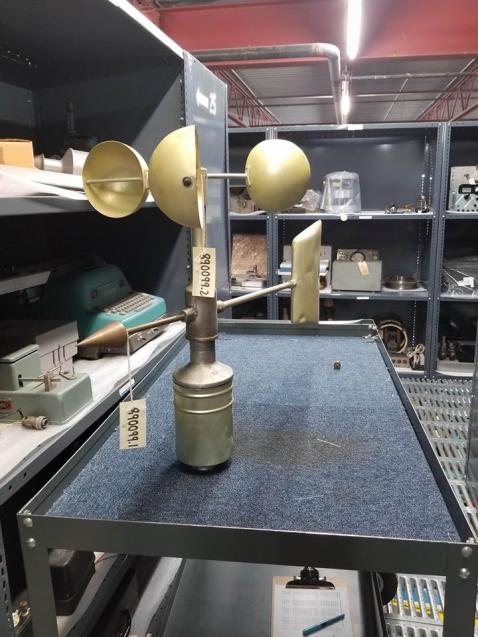
Figure 13: Three-cup amneovane. CSTM artifact #1989.0099 (Photo courtesy of Laurel Muldoon 6 July 2017)
Electromagnetic Anemograph:
This device records wind velocity and direction data that is received from a separate anemometer and wind vane. Values are recorded by perforating a paper chart. Original method or recording was don with pen and ink. Original casing would have been made out of wood.

Figure 14: Electromagnetic Anemograph. CSTM artifact #1987.0774 (Photo courtesy of Laurel Muldoon 6 July 2017)
The Canadian Meteorological Service:
John was appointed Assistant Director of the Canadian Meteorological Service in 1924 and Director in 1929. His responsibilities included modernizing the service and encouraging interdisciplinary communications between different branches of meteorology. This was to insure that all departments were up to date on the latest developments. Furthermore, he was responsible for organizing meteorological services for the Trans-Canada Air Lines and for the Canadian division of Trans-Atlantic Aviation. During WWII, Patterson was also responsible for providing weather services to the Royal Canadian Air Force. He retired in 1947.
References:
Canadian Science and Technology Museum Corporation. 2017. Meteorograph. https://ingeniumcanada.org/ingenium/collection-research/collection-item.php?id=1966.0989.001.
Patterson J, Brookes R.C. 1994. John Patterson’s Meteorological Instruments. Bulleting of the Scientific Intrusment Society. 40.
Thompson, Andrew. “John Patterson M.A F.R.S.C. 1872-1566.” Biographies of the early Directors of Atmospheric Environment Service.
Pictures: Taken by Laurel A Muldoon at the Museum of Science and Technology in Ottawa, Ontario.
Visiting the Canada Science and Technology Museum
By: Laurel Muldoon (MESc graduate student, Nipissing University)
Part of an interdisciplinary project is stepping outside a research comfort zone. As a Master’s of environmental Science candidate at Nipissing University I have studied mainly physical geography. Ask me how to navigate around a stable isotope mass spectrometer lab is an easy question. However, navigating through historical archives and artifact collections is a different experience. Dr. Kirsten Greer and I set out to Ottawa to meet with curator William Knight at the Canada Museum of Science and Technology in Ottawa this summer. The moment William let us into the collections warehouse, I knew I would be hooked. After spending much of the summer researching meteorological equipment and key figures to Canadian and Bermuda Meteorological history, it was incredible to look at the instrumentation up close. You can see our enthusiasm as we take out old archives and examine them. I had the opportunity to show William and Kirsten how the meteorological instrumentation worked. It is not every day that the student gets to teach the instructor. Many of the photos used in the blog post come from the museum’s meteorological collection in Ottawa. The day of research went by too quickly. I want to give a huge thank you to William Knight and the Museum of Science and Technology.
I am looking forward to another visit to the collections and archives and to see the new museum.

Figure 15: William Knight and Laurel Muldoon looking at meteorological equipment instruction manuals (Photo courtesy of Kirsten Greer 6 July 2017)

Figure 16: Laurel Muldoon taking photographs of electromagnetic anemographs in the collection (Photo courtesy of Kirsten Greer 6 July 2017).
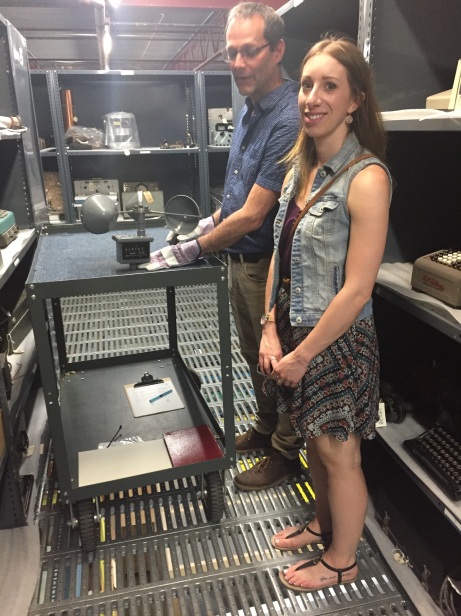
Figure 17: William Knight and Laurel Muldoon researching three-cup anemometers (Photo courtesy of Kirsten Greer 6 July 2017)
